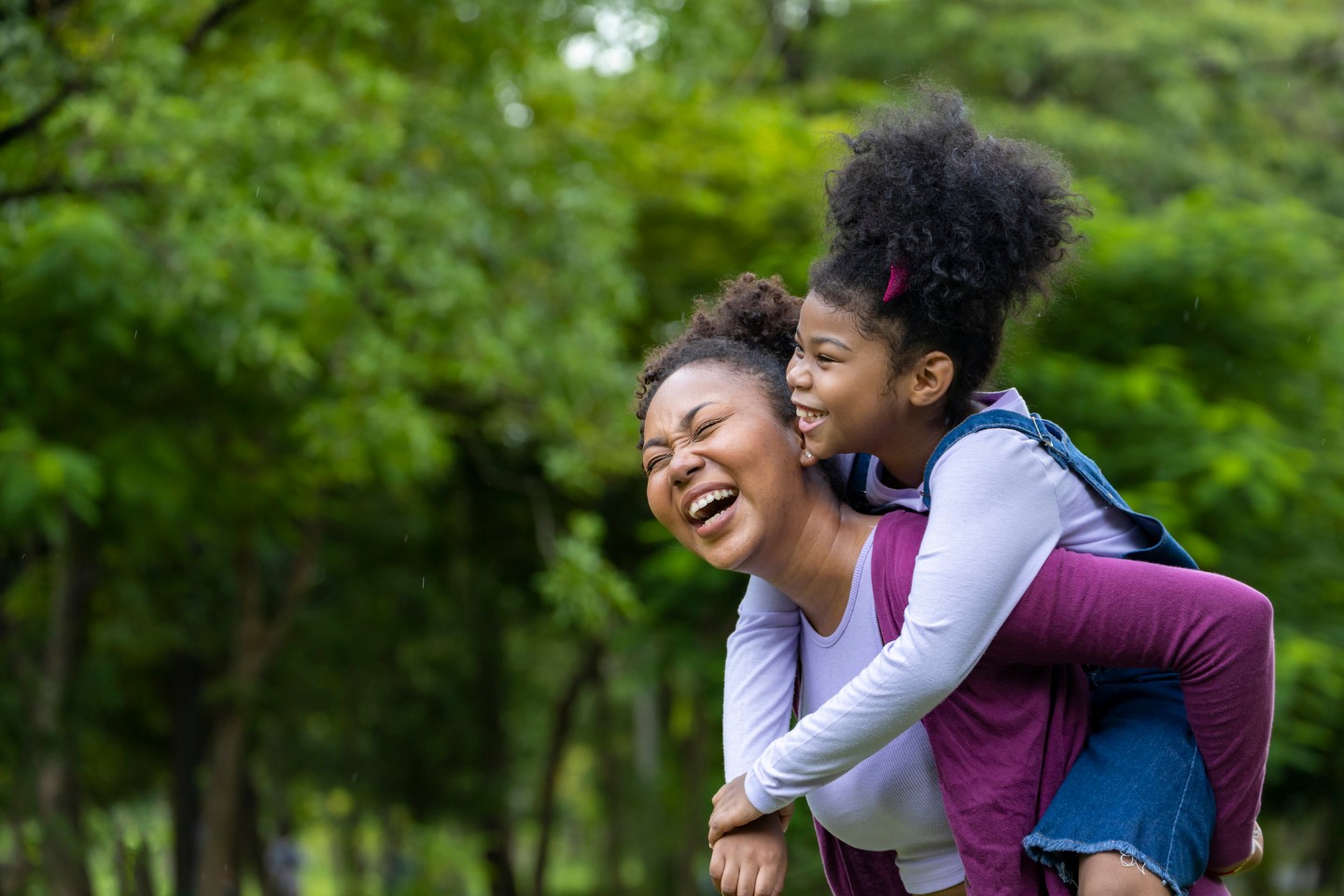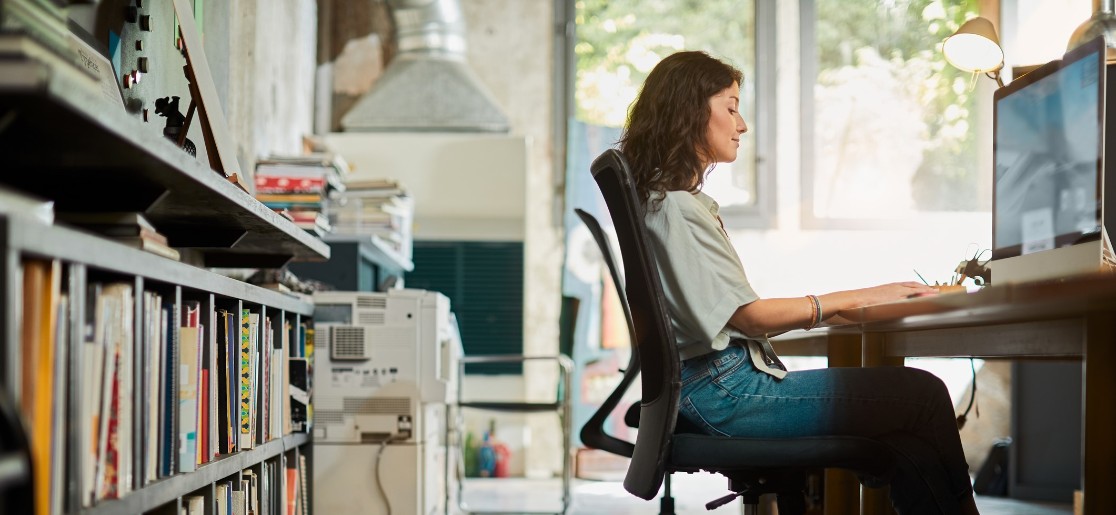Beyond the Six-Pack: Understanding Your Core
SEP 30, 2025The core acts as a natural "brace" for your spine. A strong core helps maintain the spine's natural curves, promoting an upright, aligned and efficient posture.
Read More
Pelvic floor dysfunction, a condition affecting the muscles that support the bladder, bowel, and reproductive organs, is not limited to adults. Children as young as four years old can experience symptoms that may persist through adolescence. These symptoms can significantly impact a child's quality of life and may include urinary urgency, urinary frequency, urinary incontinence, bedwetting, and constipation. For example, a child may experience a sudden urge to urinate during travel, or a teenager may leak urine while participating in sports.
In some cases, pelvic floor dysfunction may be associated with congenital conditions such as anal-rectal malformations or tethered cord, which may require surgical intervention.
Pelvic floor physical therapy offers a gentle and effective way to address these issues. Our therapists use a variety of techniques, including:
Pelvic floor physical therapy is a great treatment option with minimal side effects for the symptoms listed above. Here you can learn stretches, exercises, relaxation techniques, and improve toileting mechanics. We can coordinate the best care team for you. You can also reach out to our Pelvic Health Navigator at (402) 717-7358.

The core acts as a natural "brace" for your spine. A strong core helps maintain the spine's natural curves, promoting an upright, aligned and efficient posture.
Read More
Meningitis is the inflammation of the membranes (meninges) that surround and protect the brain and spinal cord.
Read More
With the right knowledge and proactive management, children with asthma can lead full, active, and vibrant lives.
Read MoreWhen you need local health information from a trusted source, turn to the CHI Health Better You eNewsletter.